Find Any Kiosk Machine You Need And Contact Lean Kiosk Now
All Products
Select Any Product
- Request A Quote Now

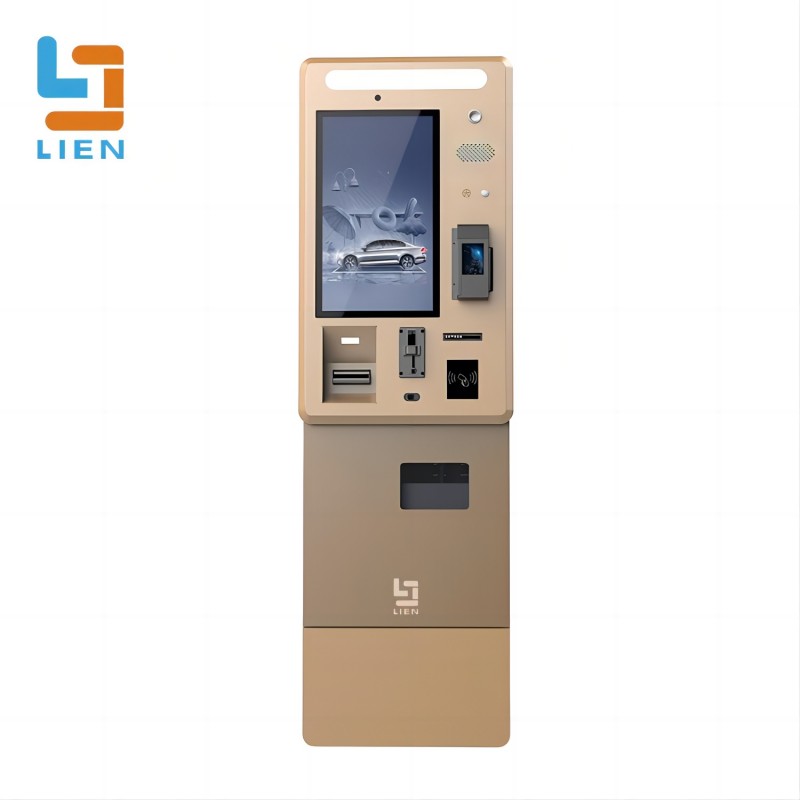
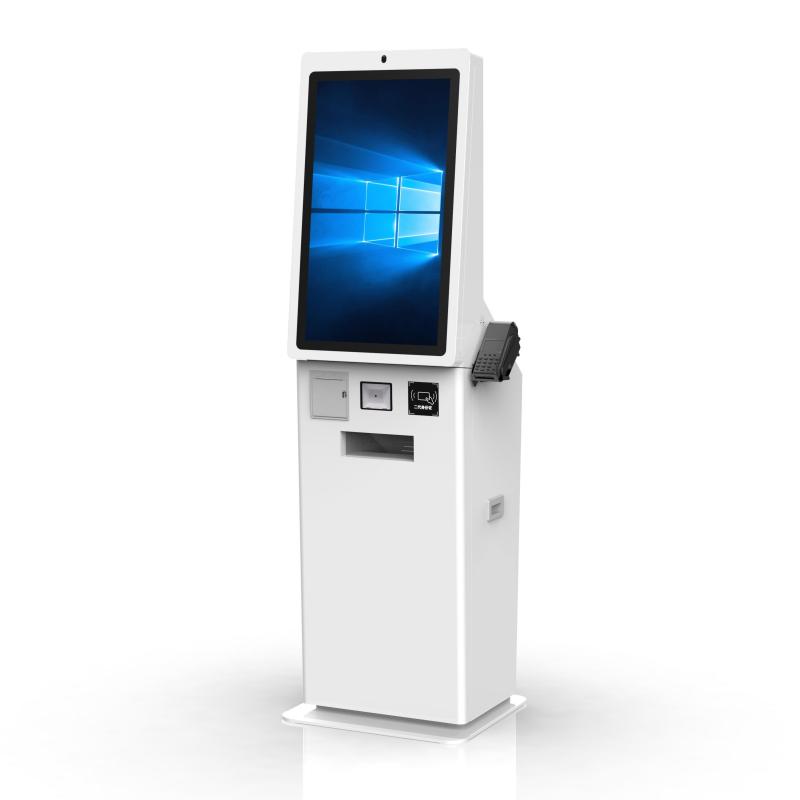
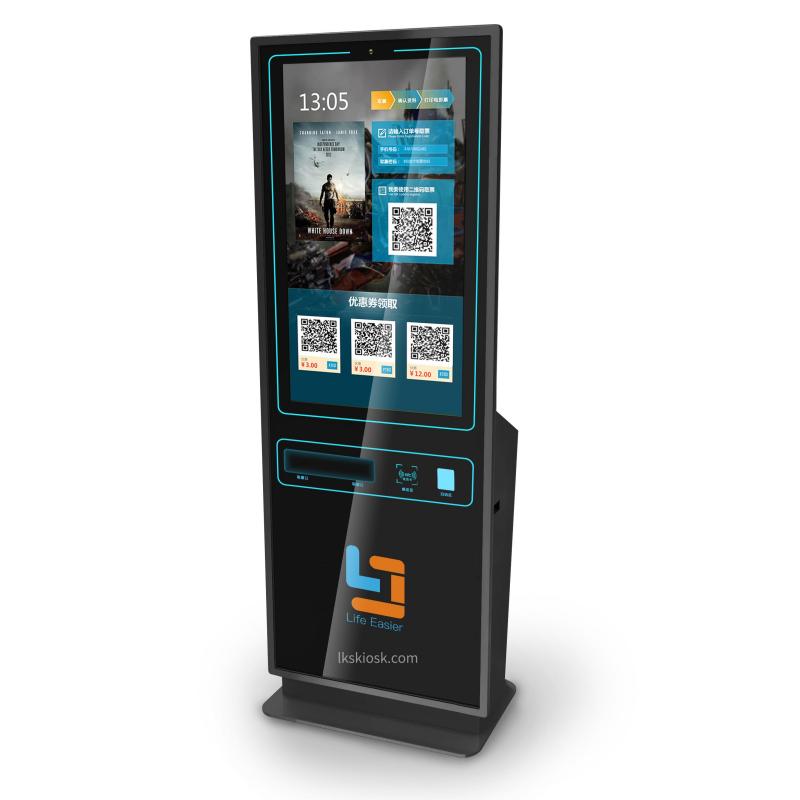
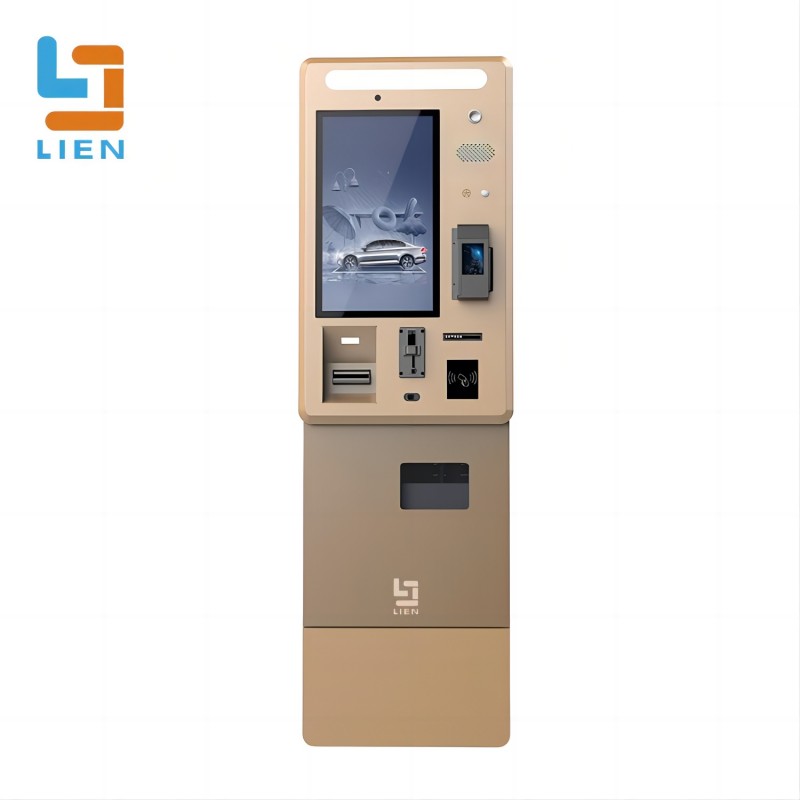
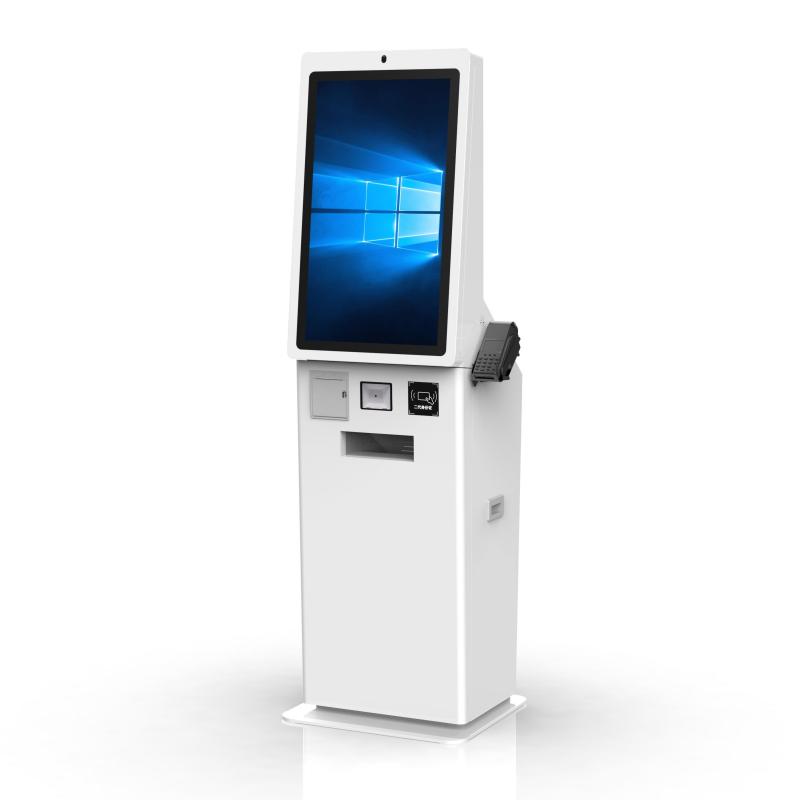

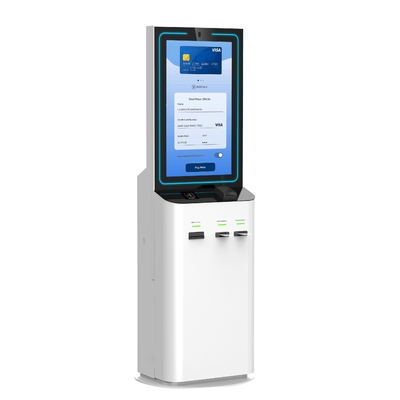
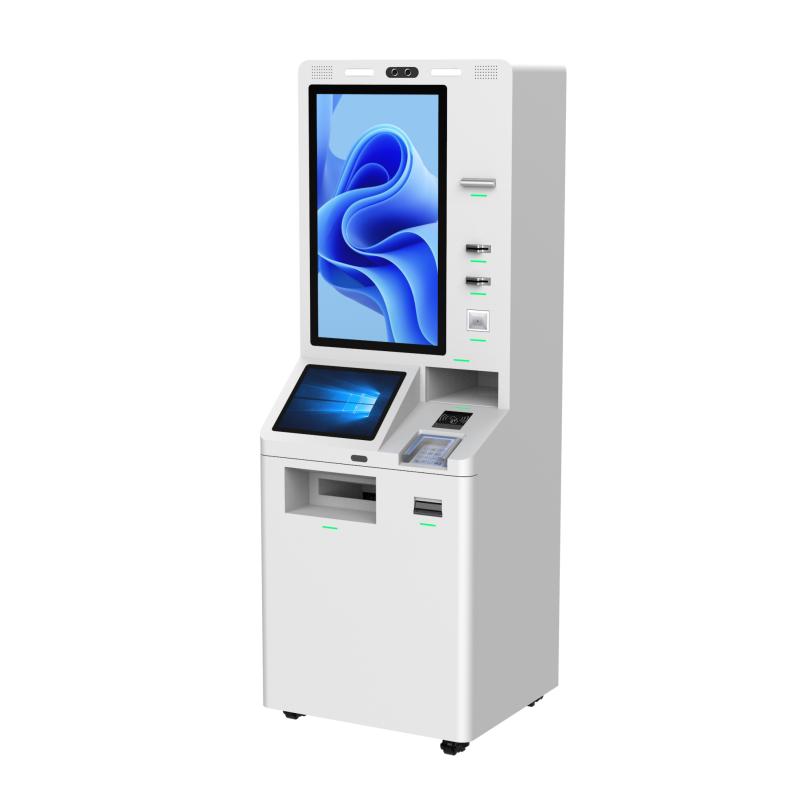
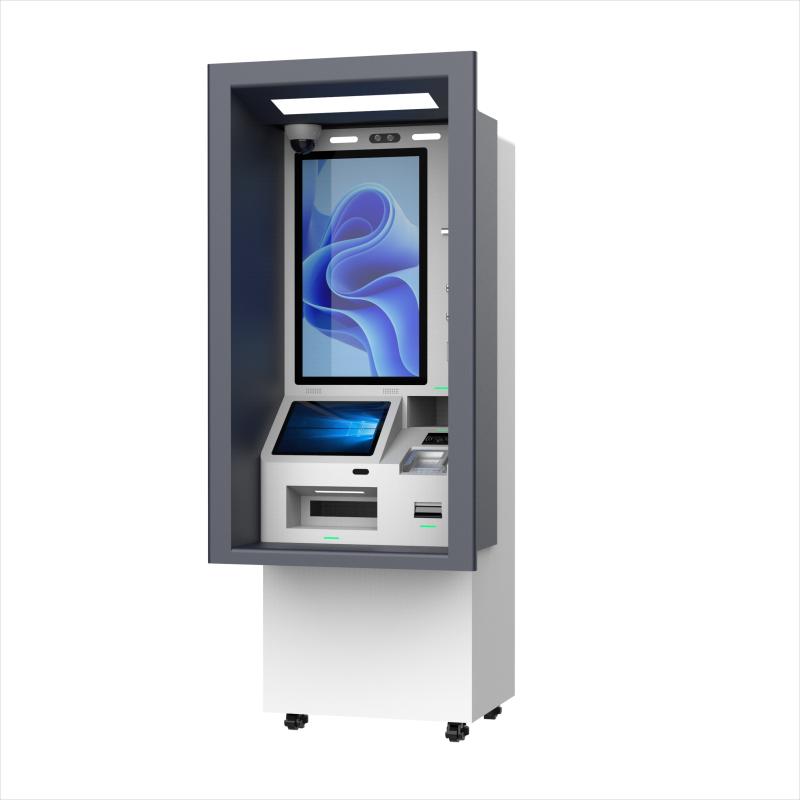
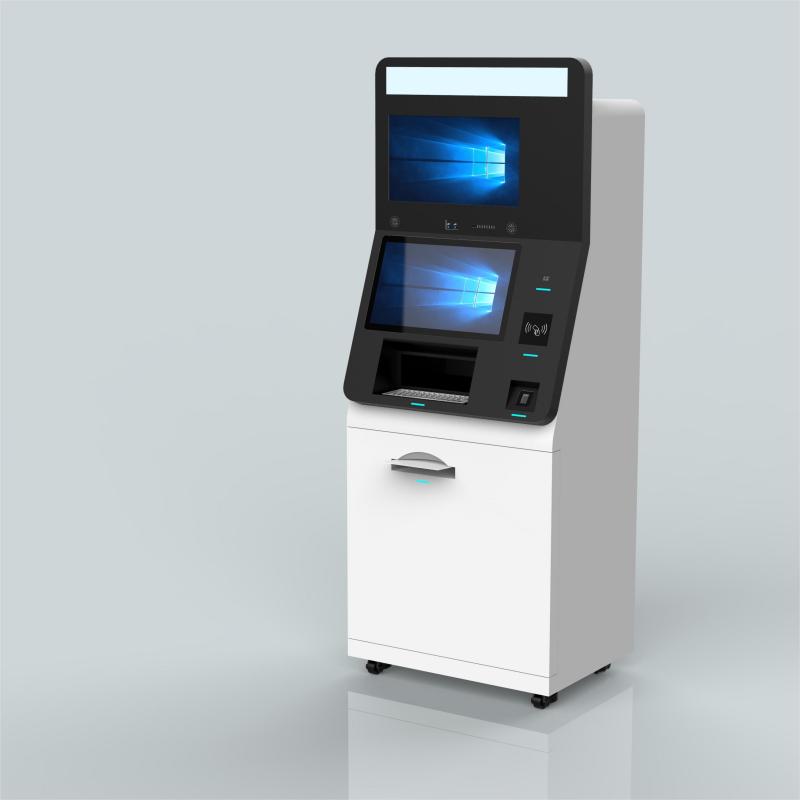

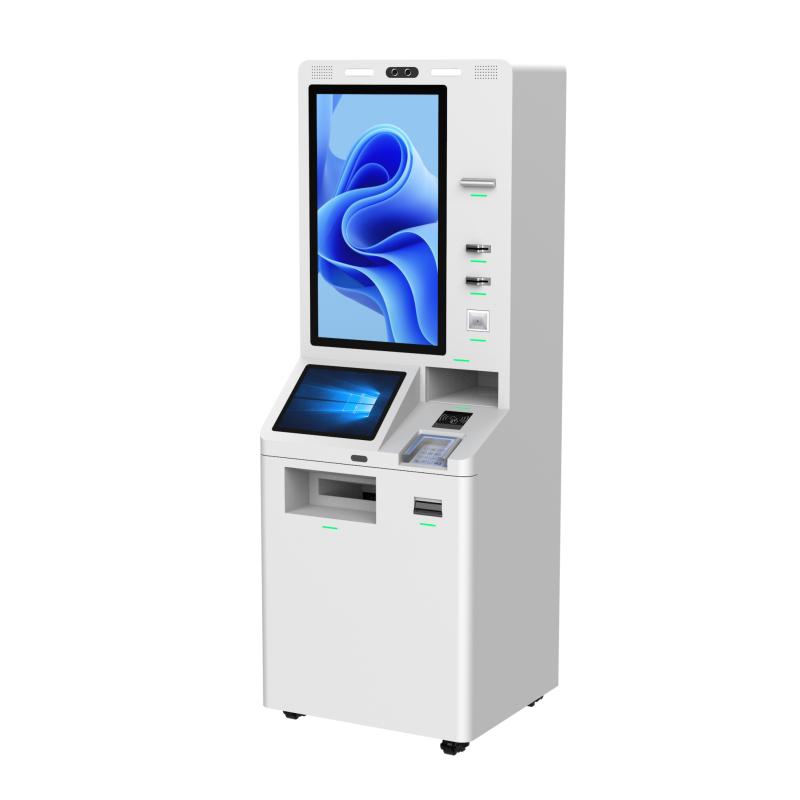

What did our happy clients say?
The bill payment kiosk we purchased has been a game-changer for our business. It's easy to use, reliable, and our customers love the convenience. Highly recommend this manufacturer!
We've seen a significant decrease in customer wait times since installing the bill payment kiosk. The setup was smooth, and the customer support was outstanding. Couldn't be happier with our purchase!
This kiosk has streamlined our bill payment process. It's intuitive, secure, and handles high volumes with ease. The manufacturer provided excellent service from start to finish. Highly recommended!
Our customers appreciate the 24/7 access to bill payments thanks to this kiosk. The build quality is impressive, and the user interface is very friendly. Great product and fantastic support from the supplier!